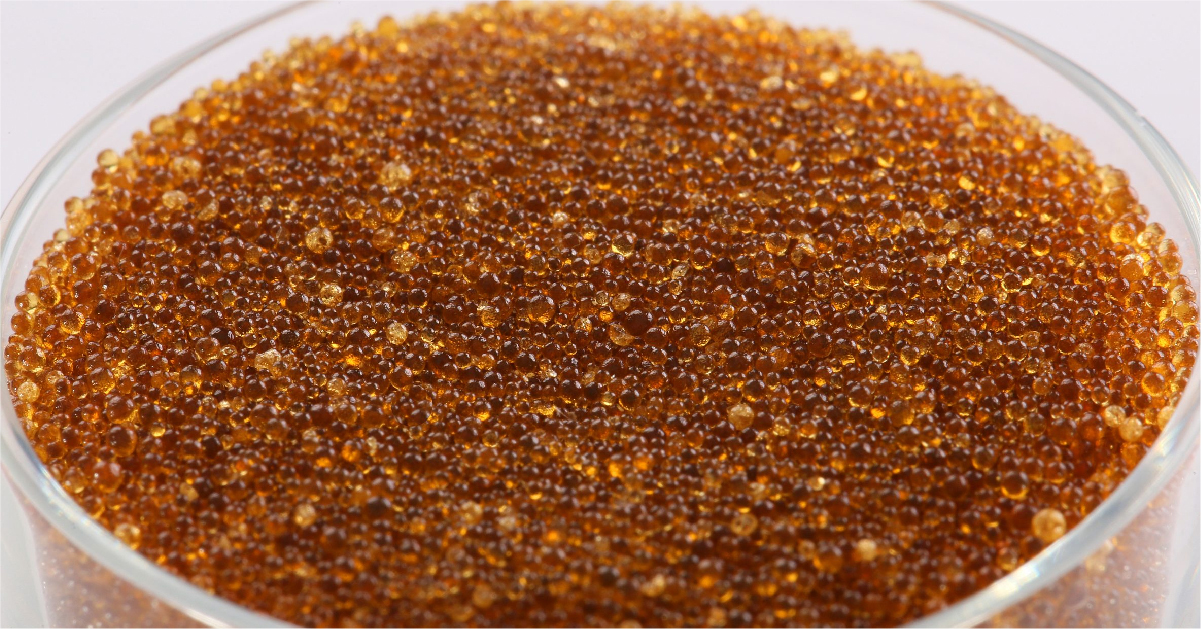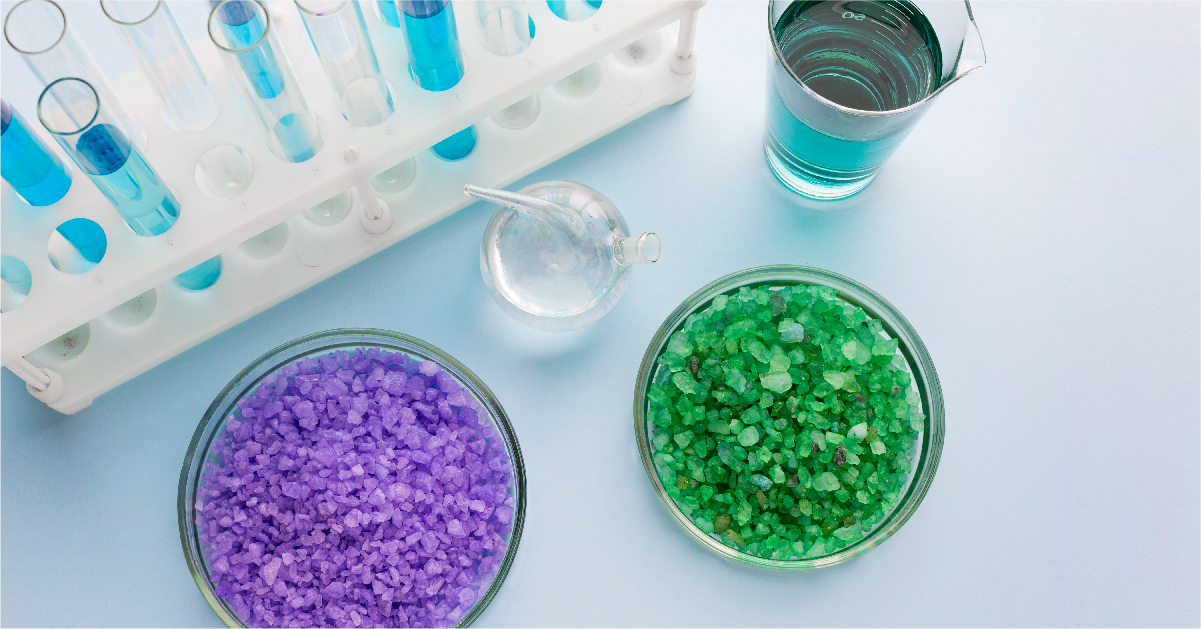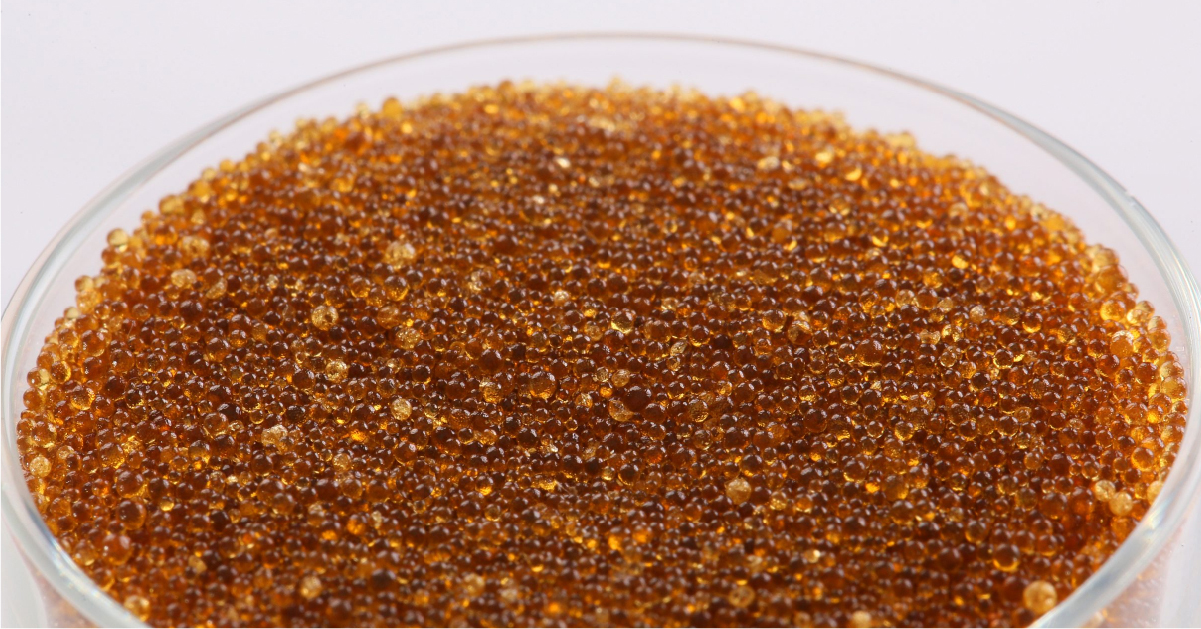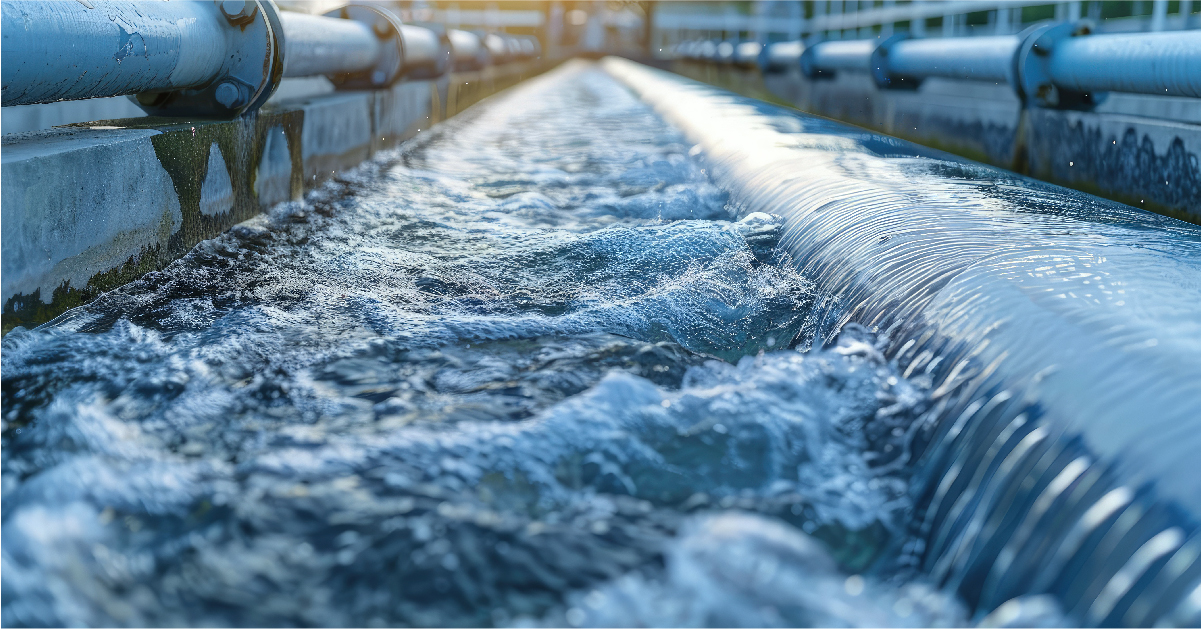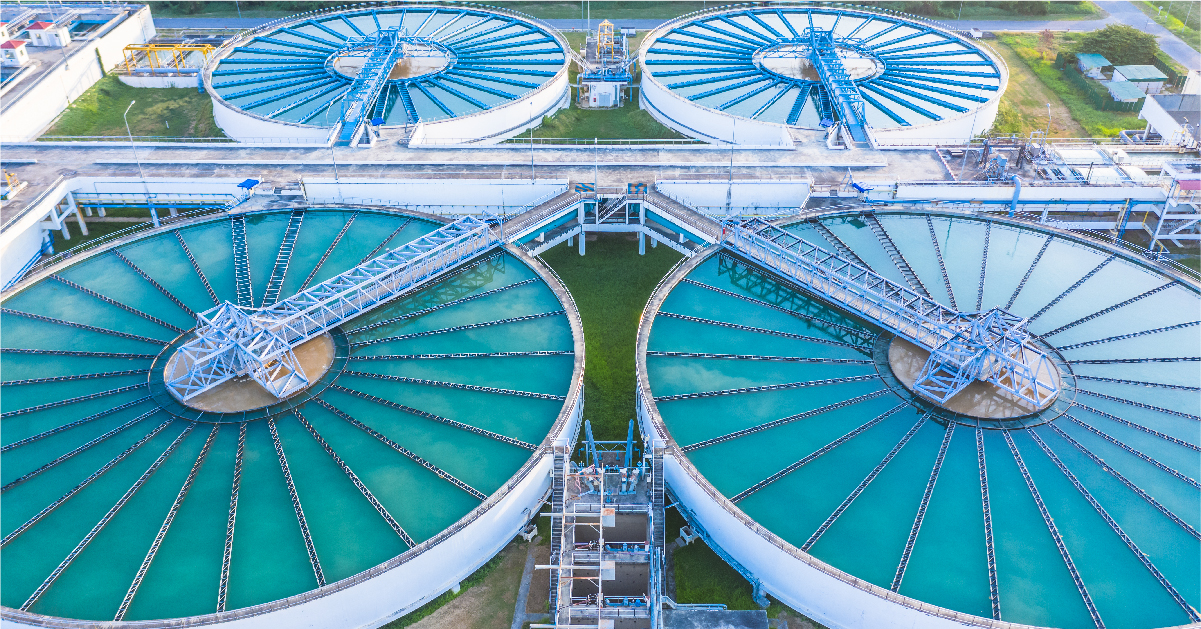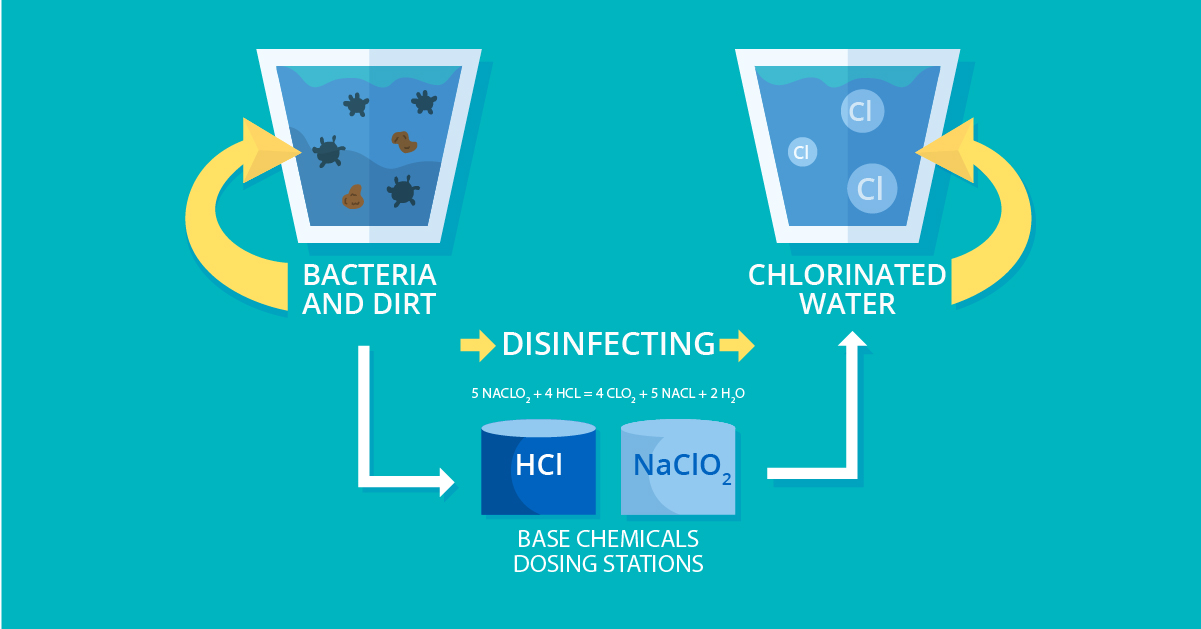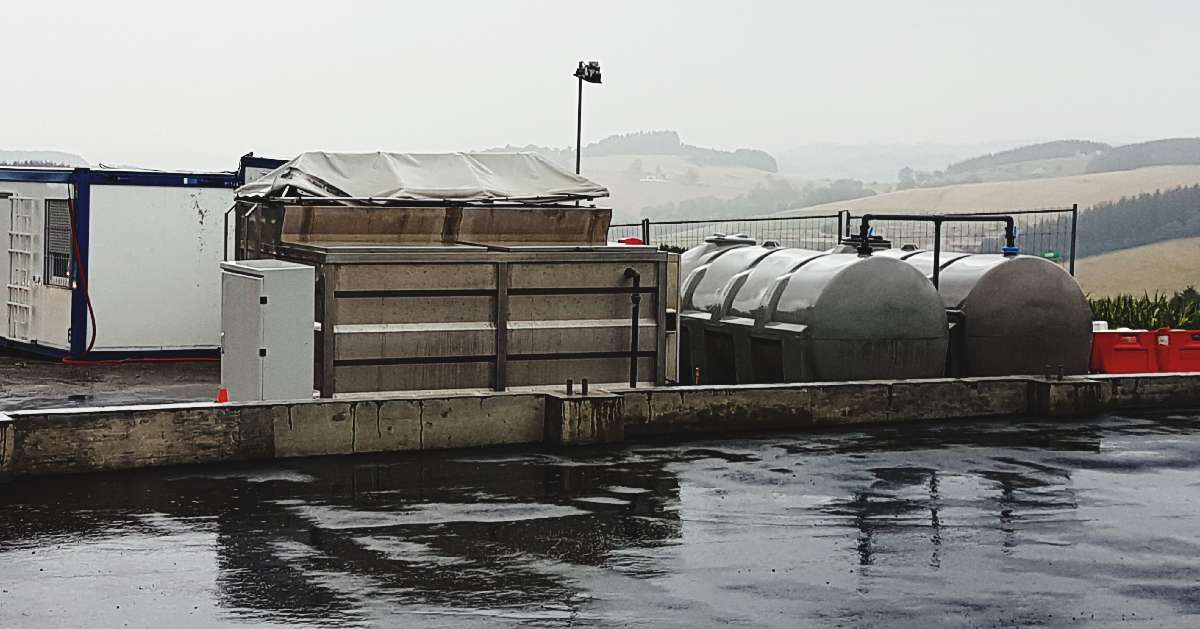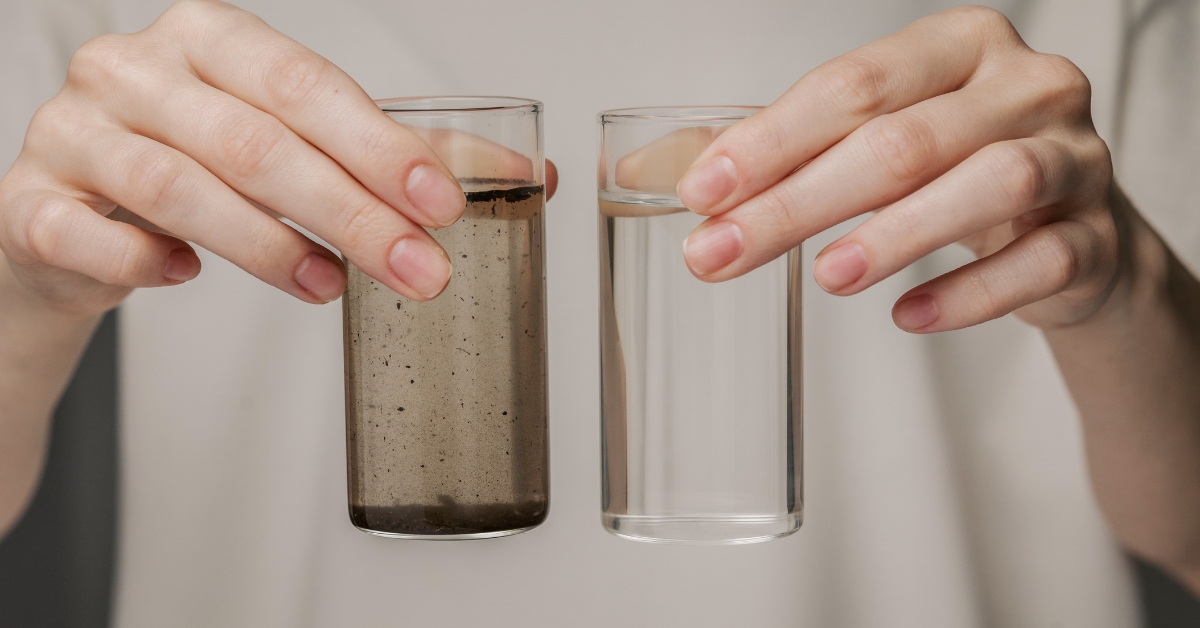How Water Softener Resin Powers Eco-Friendly Softening?
Hard water is one of the most common water quality issues in homes, commercial facilities, and industries. High levels of calcium and magnesium cause scale deposits, reduced equipment life, higher energy consumption, and increased maintenance costs. While traditional softening methods often involve chemical-heavy or energy-intensive processes, modern water softener resin technology offers a far more…
Addressing Common Ion Resin Issues and Prevention Tips
Ion exchange resin is the heart of many modern water and wastewater treatment systems. From industrial demineralization and softening to ultrapure water production, these resins ensure precise removal of dissolved ions that affect water quality. However, like all high-performance materials, ion exchange resins can face operational challenges that, if not managed properly, can reduce system…
How Resins in Ion Exchange Turn Hard Water to Soft Water?
Water is one of the most essential resources for businesses, organizations, and home use. However, hard water continues to be an issue for people in many areas. Hard water has high levels of calcium and magnesium salts. Although these may not seem to be an issue, the buildup of scale, corrosion, equipment inefficiency, appliance longevity,…
How Cation and Anion Drive Water Treatment Innovation?
Water treatment stands at the core of sustainable living and industrial progress. Every drop of clean water we consume has undergone a scientific journey—one that often relies on the fundamental chemistry of ions. At the heart of this science lies the role of cations and anions, two types of charged particles that are shaping how…
Advantages of the Ion Exchange Process in Water Treatment
Water purification is essential for ensuring safe consumption, supporting industrial processes, and protecting the environment. Among the many techniques available today, the ion exchange process is one of the most effective and widely adopted. Known for its ability to remove hardness, heavy metals, and dissolved salts, ion exchange is used in both municipal water treatment…
How Mixed Bed Regeneration Process Improves Purity
In industries where ultra-pure water is essential—such as power generation, pharmaceuticals, semiconductors, and electronics manufacturing—maintaining water quality at the highest level is non-negotiable. One of the most effective technologies used to achieve such purity is the mixed-bed regeneration process. This advanced technique enhances water deionization and ensures consistent performance from ion exchange systems. In this…
Types of Resins and Their Industrial Applications
Resins play a vital role in various industrial processes, especially in water treatment, chemical manufacturing, and coatings. Among the many categories, ion exchange resins are particularly important for water softening, demineralization, and purification. Understanding the different types of resins, especially the types of ion exchange resins, can help industries choose the right solution for their…
INDION Resin Technology for Deionized Water Applications
Water is one of the most essential resources in industrial, pharmaceutical, and laboratory operations. However, not all water is created equal. In applications that demand ultra-pure water — free from dissolved ions and minerals — deionized water is the gold standard. At the heart of this purification process lies a powerful innovation: ion exchange resin…
Water Hardness Scale and Its Industrial Impact
Water is a universal solvent, but with that power comes a downside. As it flows through soil and rock, it dissolves small amounts of minerals, mainly calcium and magnesium. The higher the concentration of these minerals, the “harder” the water becomes. While hard water may not be harmful to human health, it can be a…
Influent to Effluent: Ion Resin for Contaminant Removal
In the ever-evolving world of water treatment, understanding the key differences between influent and effluent is essential. The journey of water from the point it enters a treatment facility (influent) to the point it is discharged or reused (effluent) involves a series of sophisticated processes, one of which is ion exchange resin technology. This blog…



